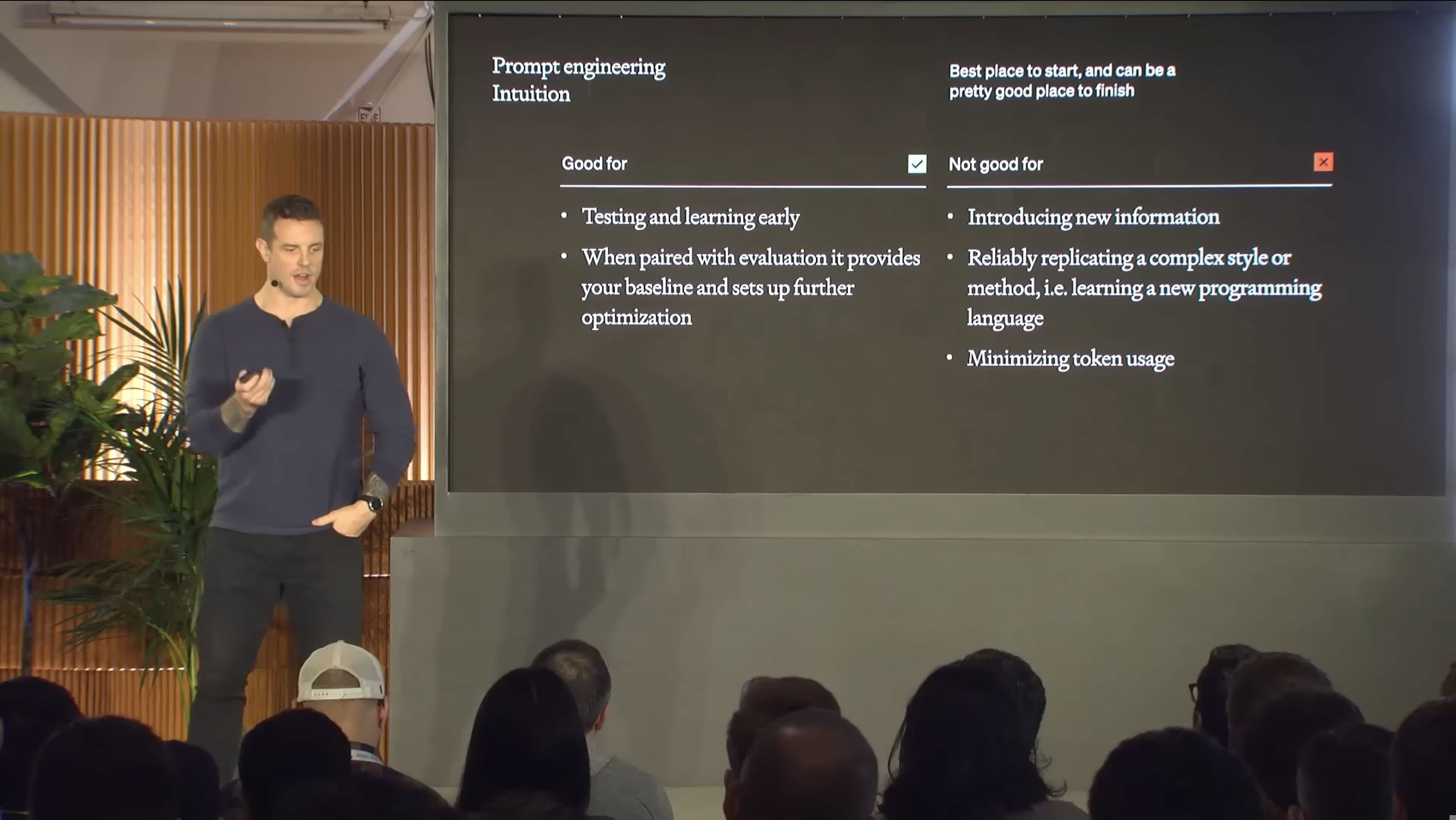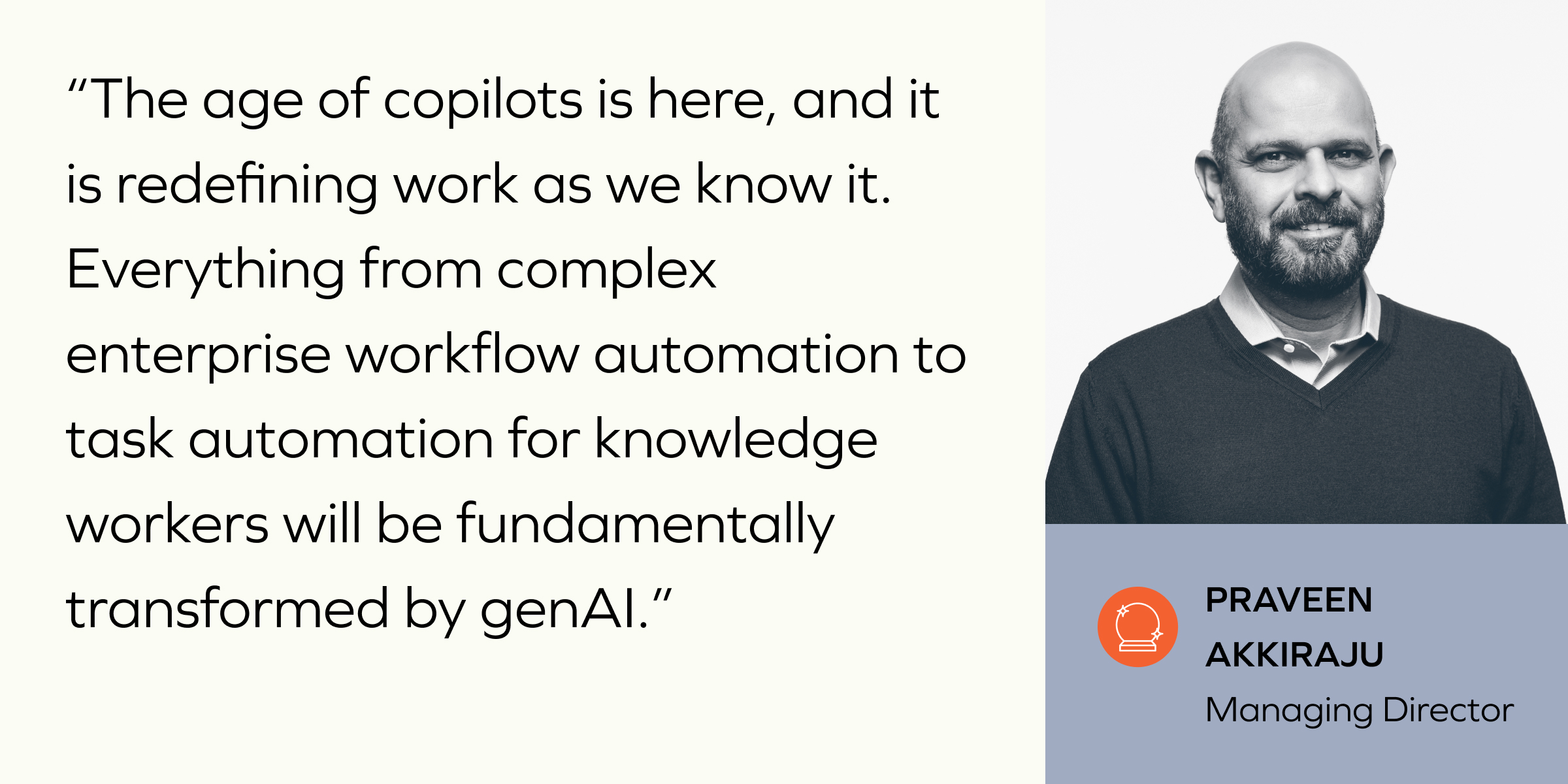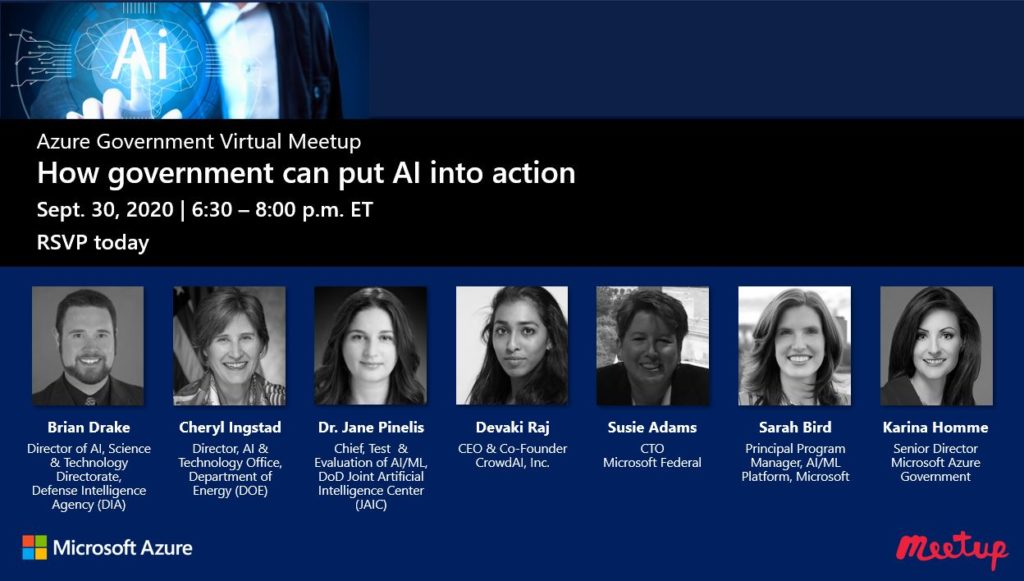What's the Peter Principle in the Age of AI: Navigating the Complexities of Job Roles with AI Integration
Title: Navigating the Peter Principle in the Age of AI: Optimizing Job Roles with AI Integration StrategiesIn the ever-evolving landscape of the modern work……
Title: Navigating the Peter Principle in the Age of AI: Optimizing Job Roles with AI Integration Strategies
In the ever-evolving landscape of the modern workplace, the integration of Artificial Intelligence (AI) has become a cornerstone of organizational efficiency and growth. However, as AI technologies continue to permeate various sectors, understanding the implications of what's the Peter Principle becomes increasingly crucial. This phenomenon, often referred to as the Peter Principle, suggests that employees are typically promoted to their level of incompetence, which can lead to inefficiencies and suboptimal performance within organizations. In the age of AI, this principle takes on new dimensions, necessitating a strategic approach to job role optimization and AI integration.
The Peter Principle, originally articulated by Laurence J. Peter in his 1969 book "The Peter Principle," posits that in a hierarchy, employees tend to rise to their level of incompetence. This concept is particularly relevant in the context of AI, where the ability to effectively utilize AI technologies can significantly impact an employee's performance and career progression. In traditional organizational structures, promotions were often based on an employee's past performance, assuming that they would continue to excel in more complex roles. However, the integration of AI introduces a new set of challenges and opportunities.
AI technologies, such as machine learning, natural language processing, and robotics process automation, offer transformative potential across various industries. They can streamline operations, enhance decision-making processes, and automate routine tasks, thereby augmenting human capabilities. However, the effective integration of AI requires a nuanced understanding of what's the Peter Principle. Employees who possess the necessary skills to leverage AI technologies stand a better chance of excelling in their roles and advancing their careers. Conversely, those who lack the requisite knowledge and competencies may struggle, potentially falling victim to the Peter Principle.

To navigate the complexities of job roles in the age of AI, organizations must adopt a strategic approach to employee development and AI integration. Here are several key strategies to consider:
1. **Skill Gap Analysis**: Conduct thorough skill gap analyses to identify the competencies required for effective AI integration. This involves assessing the current skill sets of employees and determining the gaps that need to be addressed through targeted training and development programs.
2. **Customized Training Programs**: Develop customized training programs that equip employees with the necessary skills to leverage AI technologies effectively. These programs should be designed to be comprehensive, covering both technical and soft skills, such as data interpretation, problem-solving, and collaboration.

3. **Continuous Learning and Development**: Foster a culture of continuous learning and development, where employees are encouraged to stay updated with the latest advancements in AI technologies. This can be achieved through regular workshops, seminars, and access to online learning platforms.
4. **Role Redesign and Augmentation**: Redesign and augment job roles to incorporate AI technologies effectively. This involves analyzing existing job descriptions and identifying tasks that can be automated or enhanced with AI. By doing so, organizations can create roles that are more aligned with the capabilities of AI, ensuring that employees can leverage these technologies to their full potential.
5. **Performance Metrics and Feedback**: Implement performance metrics and feedback mechanisms that specifically evaluate an employee's ability to work with AI technologies. This can help identify employees who are struggling and provide targeted support to address their competency gaps.

By adopting these strategies, organizations can effectively navigate the complexities of job roles in the age of AI, optimizing performance and career progression. By understanding and addressing the implications of what's the Peter Principle, organizations can harness the transformative potential of AI technologies, driving innovation and fostering a culture of continuous improvement. As AI continues to evolve, it is imperative for organizations to remain agile and proactive, ensuring that their workforce is equipped with the skills and competencies necessary to thrive in this new era.